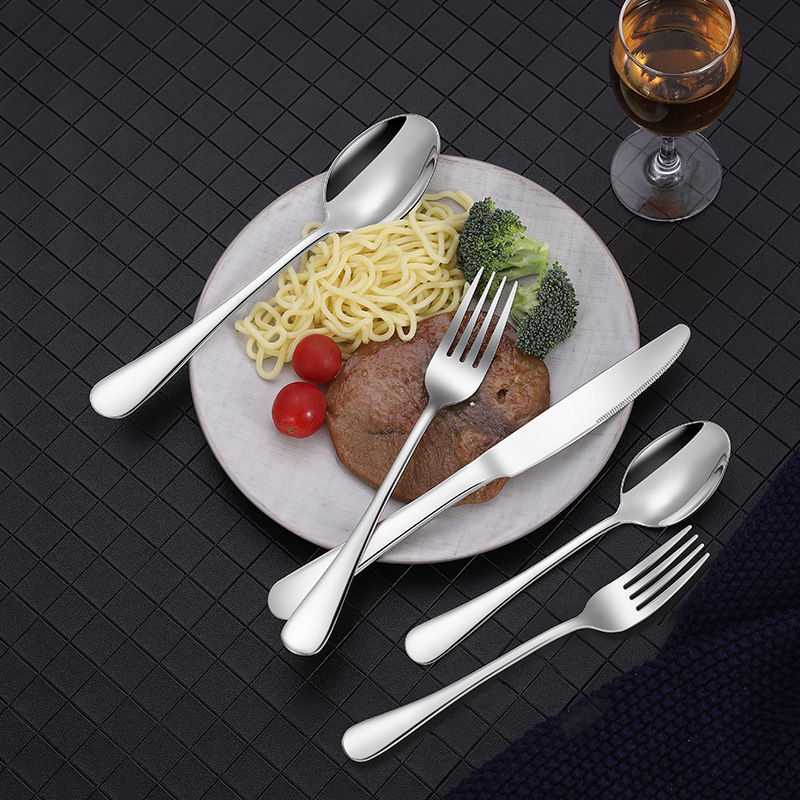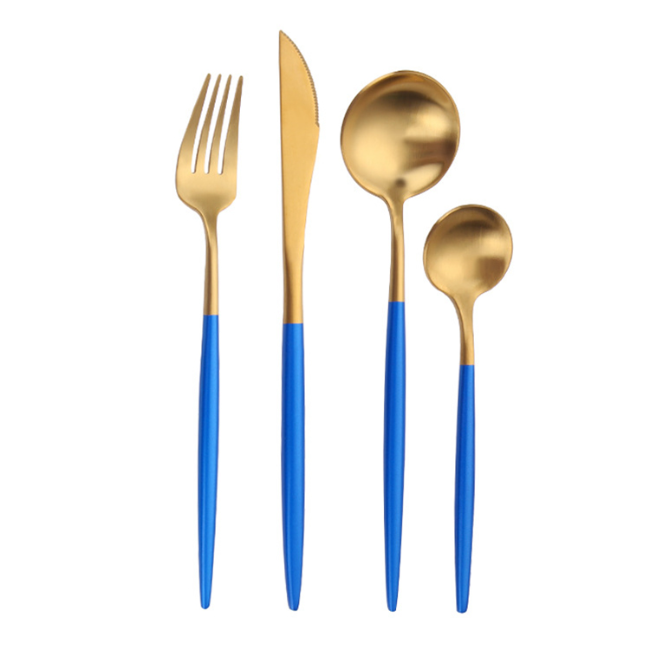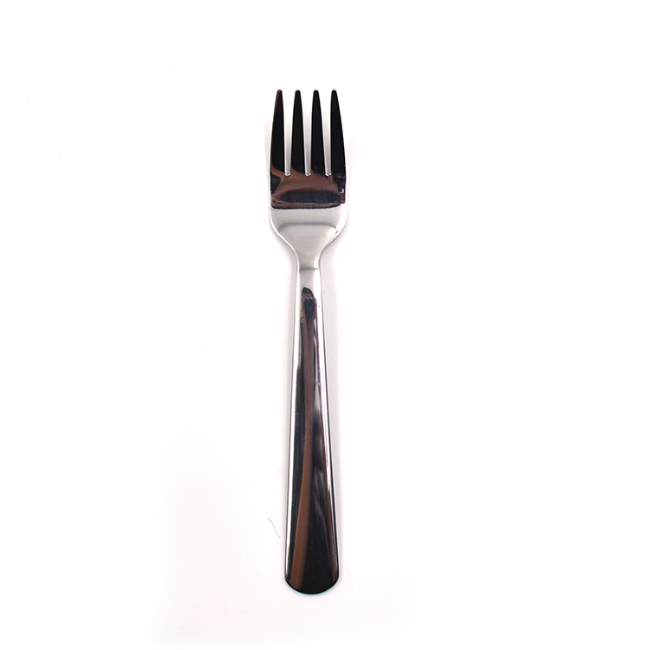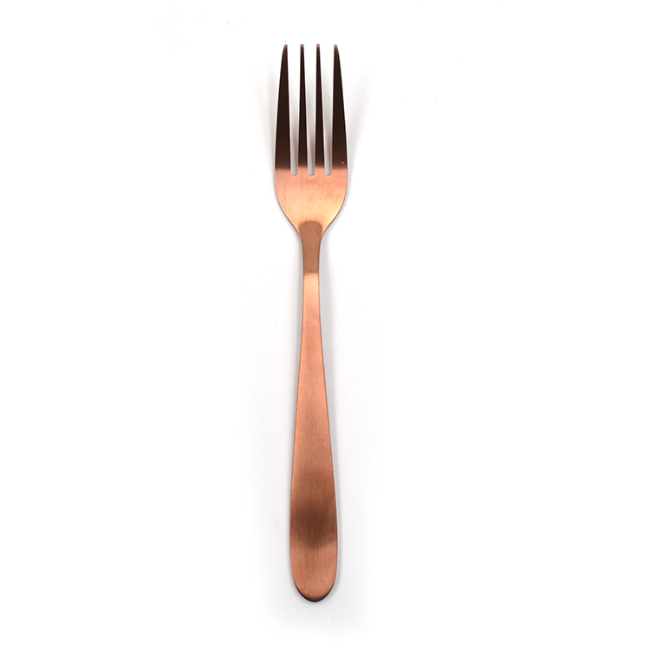
27 May
What Order Does Cutlery Go in the Drawer
What Order Does Cutlery Go in the Drawer...
What Order Does Cutlery Go in the Drawer
Organizing cutlery in kitchen drawers might seem like a small detail, but it significantly improves efficiency, hygiene, and the aesthetics of your cooking space. A properly arranged drawer not only saves time during meal preparation but also reflects an orderly lifestyle and attention to detail.
The Ideal Drawer Layout for Cutlery
The standard organization pattern follows both frequency of use and logical grouping. Here’s a suggested layout for most kitchens:
Front row: Place everyday items such as teaspoons, soup spoons, and table forks.
Middle row: Position table knives, dessert spoons, or specialty items.
Back row or side slot: Include cooking utensils or rarely used items like seafood picks or cheese knives.
Each item type should be grouped together and aligned in the same direction for ease of access. A segmented drawer tray makes this process simpler and cleaner.
For specialized sets such as the Chicago Cutlery Insignia2 with In Block Knife Sharpener, their built-in sharpening feature makes them best suited for a designated knife drawer or stand-alone block on the counter. However, any additional pieces from the set can be neatly stored in the back row or beside the main drawer contents.
Using Drawer Inserts and Trays
Drawer inserts are essential for separating and securing different utensils. Trays made of bamboo, plastic, or stainless steel allow you to organize your items by category while preventing scratches or unwanted contact. For commercial setups or cafes, trays inspired by cafe cutlery storage systems can be used—these emphasize quick access and high-volume organization.
Adjustable inserts can be customized for larger drawers, providing space for both cutlery and flatware accessories.
How to Include Antique or Specialty Pieces
Antique or heirloom items such as an antique cutlery box or vintage serving utensils deserve special consideration. These pieces should not be stored loosely with everyday items due to their delicacy and potential for tarnish. Use a padded section or dedicate a drawer exclusively for antique flatware.
In households with formal dining settings, this arrangement ensures each set remains complete and well-maintained, especially during festive seasons or family gatherings.
Organizational Benefits Beyond Appearance
A well-ordered cutlery drawer promotes several practical benefits:
Reduces time spent searching for utensils.
Prevents damage caused by items colliding or scratching.
Enhances kitchen hygiene by separating clean items from those in use.
Improves overall kitchen workflow, particularly in households with children or multiple users.
Why Homefelt Excels in Providing Structured Cutlery Sets
If you’re looking to organize your kitchen drawers with professionally crafted utensils, Homefelt offers an extensive range of cutlery solutions. With more than 30 years of industry experience, Homefelt products are designed for precision, safety, and lasting quality. Their stainless steel flatware sets come in thoughtfully arranged packaging that reflects storage convenience and practical use.
Whether you need elegant serving spoons, table forks, or utility knives, Homefelt guarantees consistency in design and finish—perfect for both modern and traditional homes.
Conclusion
The correct order of cutlery in a drawer is more than a matter of neatness—it influences how comfortably and efficiently you use your kitchen. By grouping utensils logically, using inserts, and treating specialty items with care, you ensure longevity and easy access. Backed by expert manufacturers like Homefelt, your kitchen can reflect not only order but quality in every detail.





